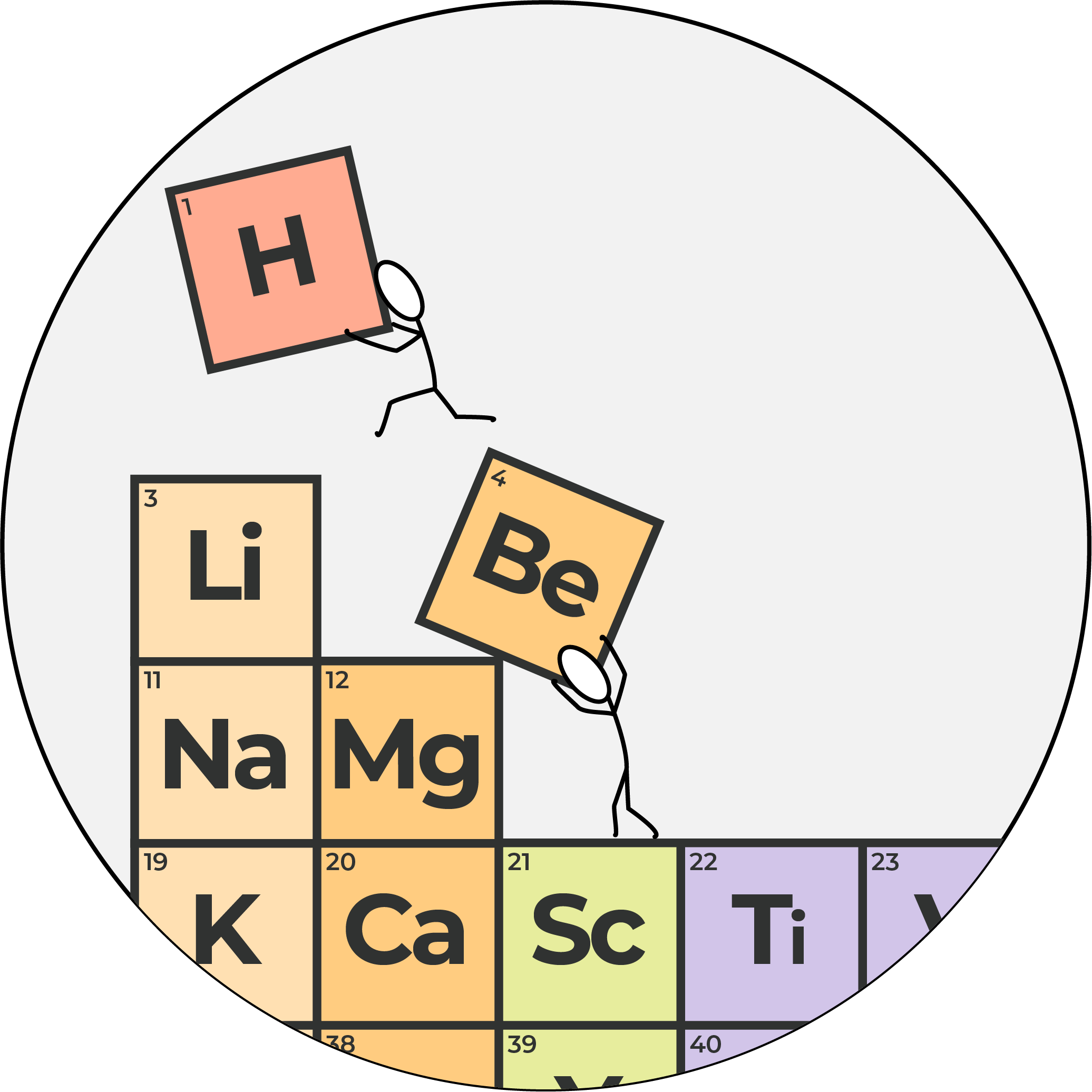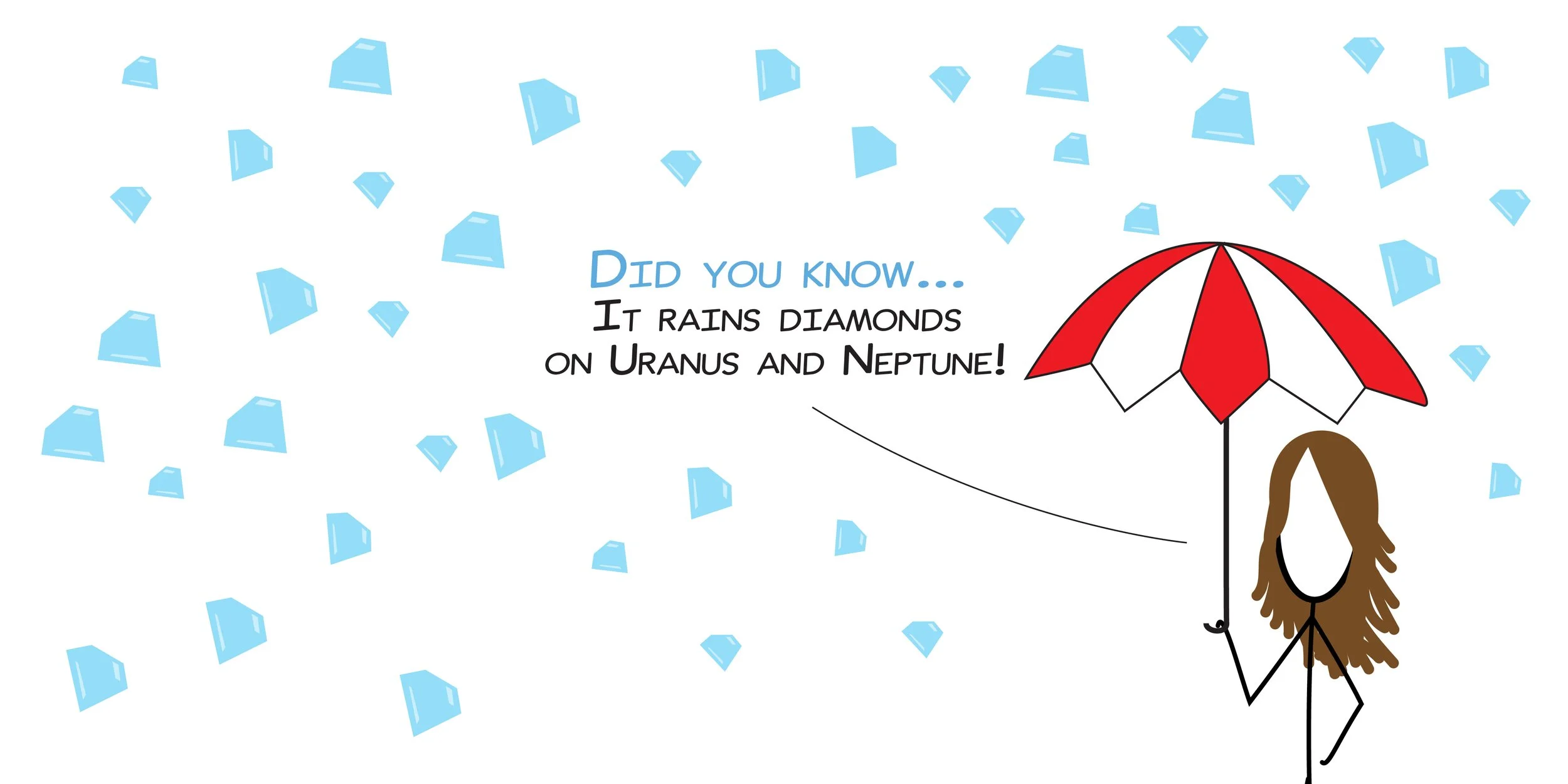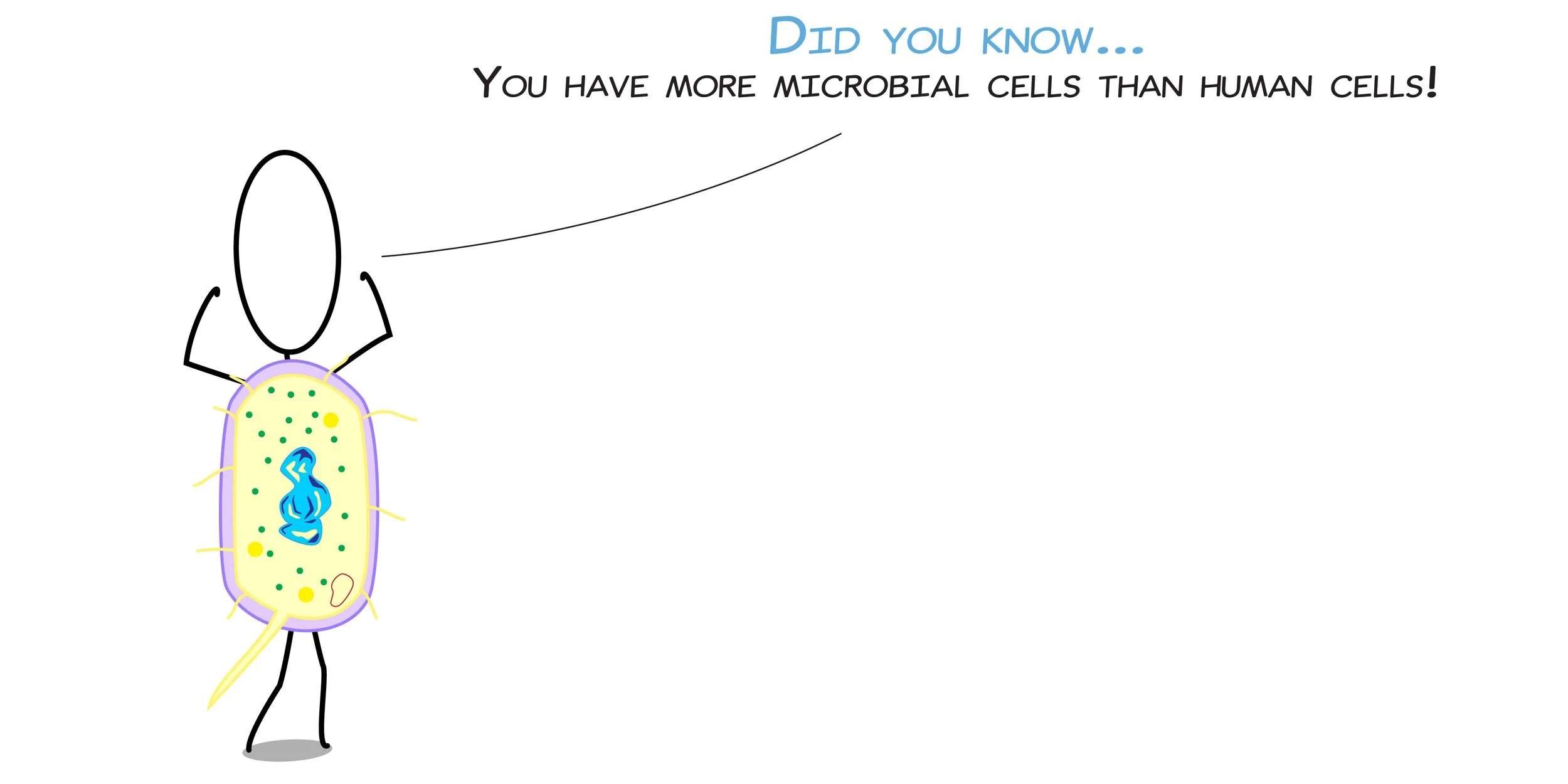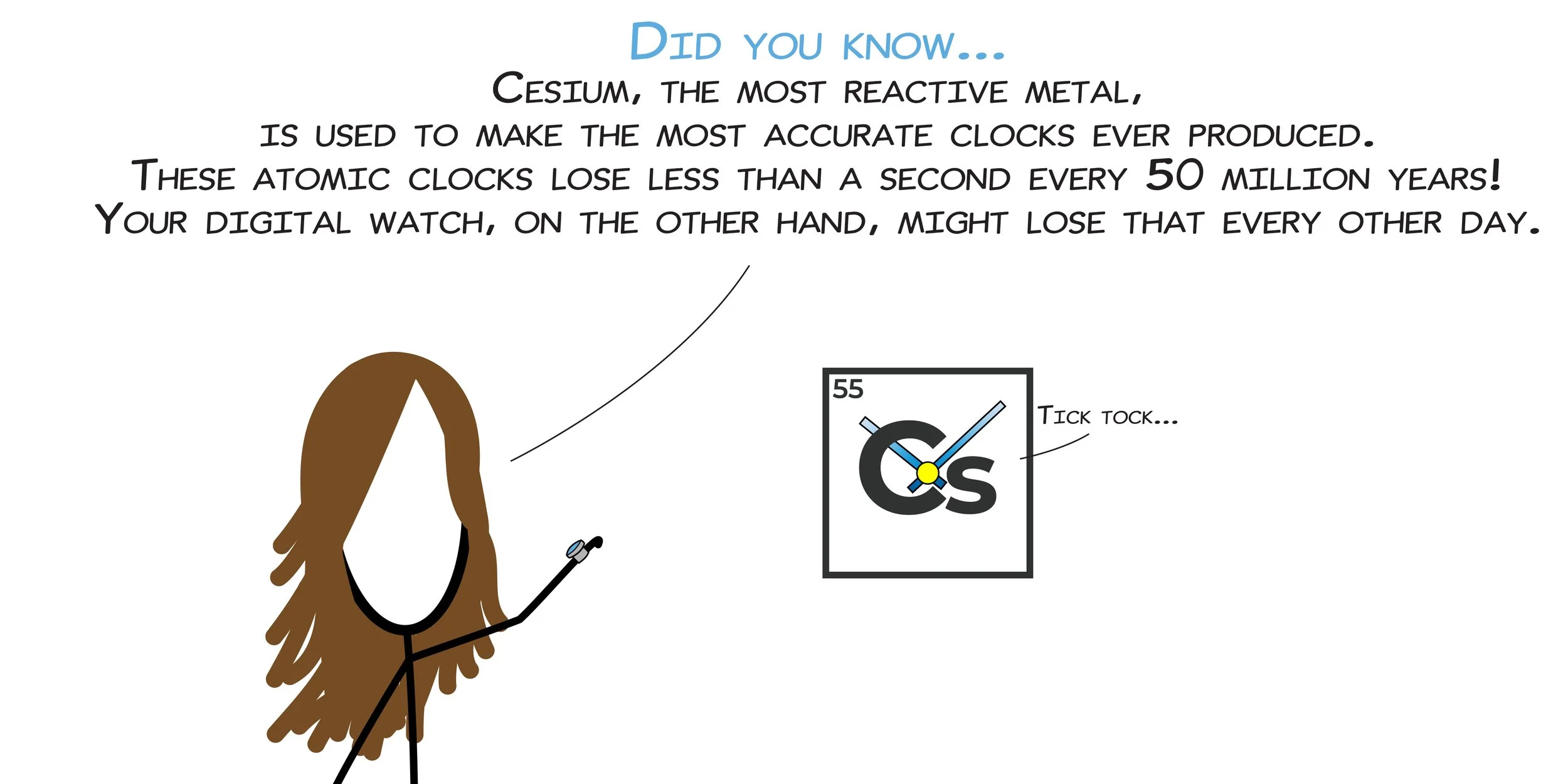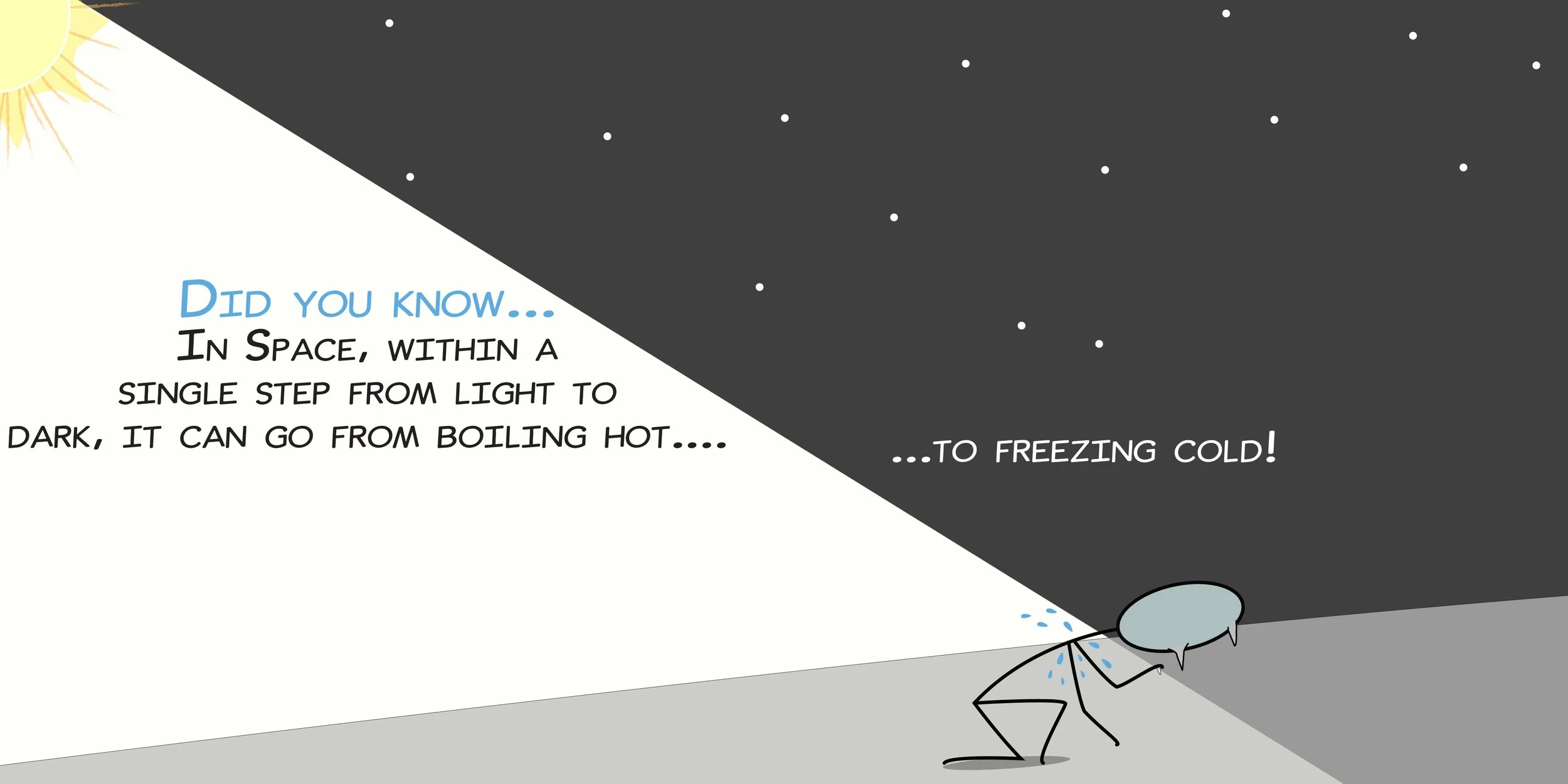Thank you to all those who attended our Halloween Workshops last week! We hope the kids had a wonderful time. We sure did!
And for all those that missed it, don’t worry. We have a few more exciting things planned for the holiday season, so be sure to keep a close eye on this space.
SCIENCE BEHIND THE WAND
You may think of all the spells, Lumos would be the easiest for science to recreate, but illumination isn’t as straightforward as it seems. Until the advent of LEDs, light required making something, like the gases above burning fuel or the filament in an incandescent bulb, so incredibly hot that they glowed bright. But there was another, more “magical” way. Using chemiluminescence, the process that powers everything from fireflies to glow sticks, we will concoct potions of luminol, a chemical that breaks down to produce cool light, to bathe the lab in the ethereal glow of many colours.
MYTH BUSTERS
Despite being the most familiar of forces, gravity is ripe with possible myth. Do heavy objects really fall faster than lighter ones? Would a fired bullet really hit the ground at the same time as a dropped bullet? Could a coin dropped from the top of a skyscraper really be lethal? And is there really no gravity in space? The greatest scientific minds earned their names by answering questions like these, and we will do the same as we drop various objects through different media and discover the nuances of gravity, air resistance, and terminal velocity, ultimately building a parachute that can even save a falling egg from a messy end.
PERIODIC PIONEERS
We move across to oxygen, everyone’s favourite element, and with good reason. Without it, it would be a challenge to release all the energy locked away inside chemicals. From the glow of candles to the calories hidden in food, without oxygen, our lives would be cold, dark, and weary. But there are living things that have learnt to do without, and it is one of these that we turn to this week. Using yeast, we will unleash the oxygen trapped within hydrogen peroxide and create the foamy, bubbly mess that is the ever-popular Elephant Toothpaste experiment.




